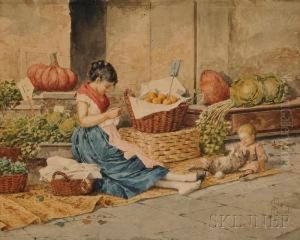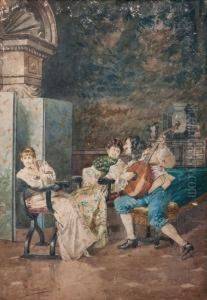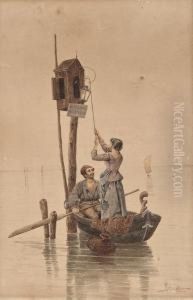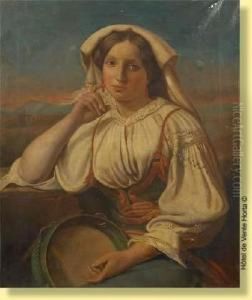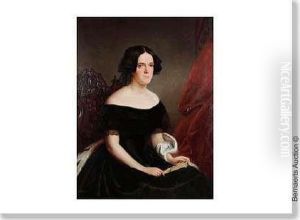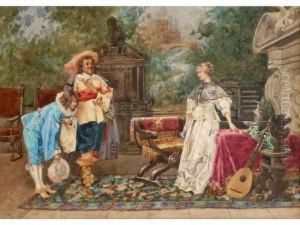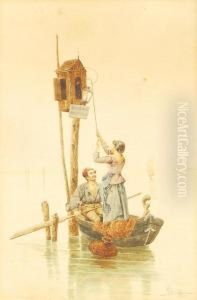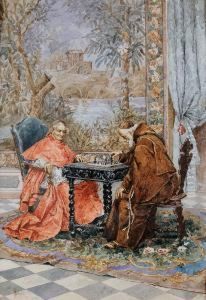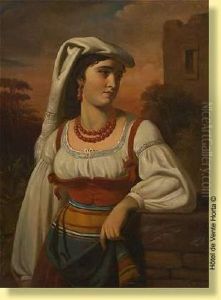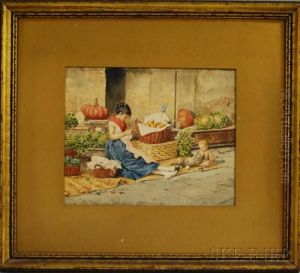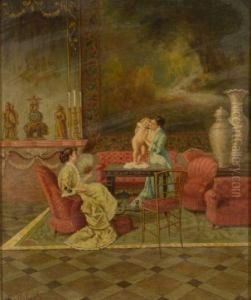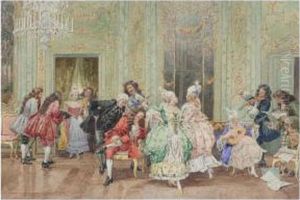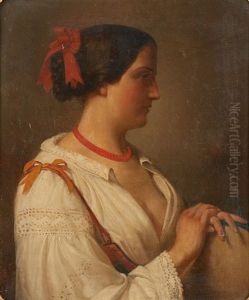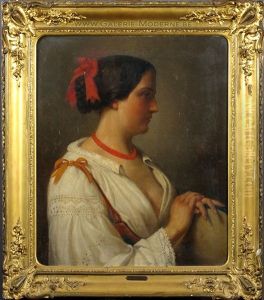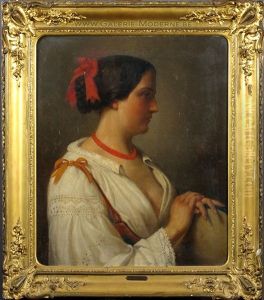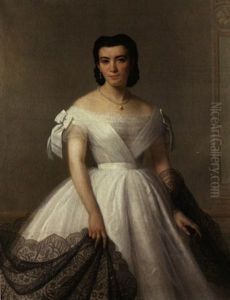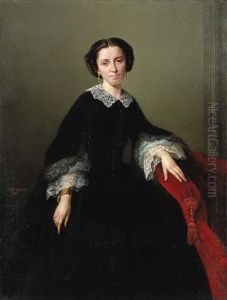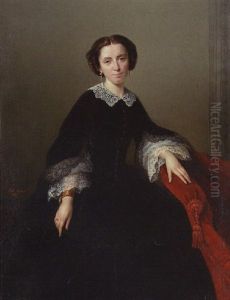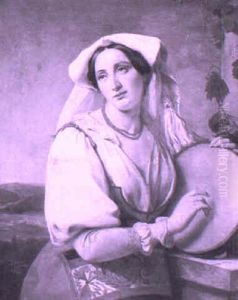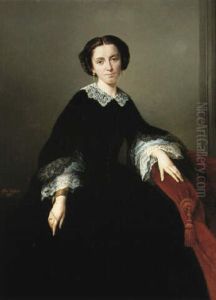Albert Pierre Roberti Paintings
Albert Pierre Roberti was a multifaceted Belgian artist, born in 1915. His career spanned several decades, during which he explored various mediums and subjects, reflecting the evolving art movements of the 20th century. Roberti's work is characterized by its diversity, ranging from traditional landscapes and portraits to abstract compositions.
Throughout his early years, Roberti was deeply influenced by the Belgian artistic tradition, yet he was always open to the innovations happening around him in the broader European art scene. This openness allowed him to experiment with styles and techniques, which led to a rich and varied body of work.
During the mid-20th century, Roberti began to gain recognition for his unique approach to color and form. His landscapes, often depicting the Belgian countryside, are noted for their vibrant colors and dynamic compositions, which bring a sense of movement and life to seemingly static scenes. Similarly, his portraits are appreciated for their depth and the way they capture the essence of the subject.
Roberti was also known for his abstract works, which emerged during a period when abstraction was becoming a dominant force in the art world. These pieces are marked by bold color choices and geometric shapes, reflecting the artist's interest in the emotional and psychological effects of color and form.
Despite his success and the esteem in which he was held by his contemporaries, Albert Pierre Roberti remained a somewhat enigmatic figure in the art world. He rarely sought the spotlight, preferring instead to focus on his work and his continuous exploration of new artistic territories.
Albert Pierre Roberti passed away in 2006, leaving behind a legacy that continues to be celebrated for its contribution to Belgian art and its influence on subsequent generations of artists. His work is a testament to the enduring power of creativity and innovation in the face of changing artistic trends.

